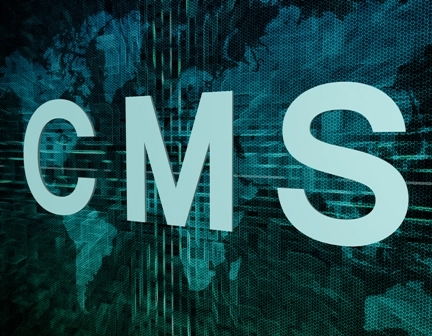Master the Four New Offshoots to Modifier -59 in 2015

Usher in greater accuracy with the new “X” modifiers.
Watch out for the new coding requirements related to Healthcare Common Procedure Coding System (HCPCS) modifier -59 that could impact your reimbursement. Here’s all that you need to know.
Background: CMS is establishing four new HCPCS modifiers to define subsets of the -59 modifier, which is used to define a “Distinct Procedural Service,” effective Jan. 1, 2015. This comes with the Notification Change Request (CR) 8863 from CMS. CR8863 discusses the 2015changes to the our regular NCCI associated HCPCS modifier-59 which indicates that a code represents a service that is separate and distinct from another service with which it would usually be considered to be bundled. The -59 modifier is so versatile that it is defined for use in a wide variety of circumstances, such as to identify:
As the rules say: Modifier -59 and other NCCI-associated modifiers should NOT be used to bypass a Procedure to Procedure (PTP) edit unless the proper criteria for use of the modifier are met. Documentation in the medical record must satisfy the criteria required by any NCCI-associated modifier that is used.
The Medicare National Correct Coding Initiative (NCCI) has PTP edits to define bundling when two HCPCS or CPT® codes should not be reported in all or most situations. The underlying principle is that the second code defines a part of the work already included in the first code. Reporting the codes separately is inappropriate. Separate reporting would trigger a separate payment. This would constitute double billing with consequent overpayment to physicians and the outpatient facilities.
The irony: Unfortunately, this modifier is often used incorrectly to bypass NCCI. This modifier is associated with considerable abuse and high levels of appeals and audits; even leading to civil fraud cases. According to the 2013 CERT Report data, a projected $2.4 billion in MPFS payments were made on lines with modifier-59, with a $320 million projected error rate. “They need to be aware,” says Doreen Boivin, CPC, CCA, with Chiro Practice, Inc., in Saco, Maine. “So often it is misused and causes issues with proper reimbursement and back office work,” she adds.
The road ahead: The modifier -59 should only be used to identify clearly independent services that represent significant departures from the usual situations described by the NCCI edit. For this purpose, CMS has come up with more precise coding options with the following four new HCPCS modifiers (referred to collectively as -X{EPSU} modifiers) to define specific subsets of the -59 modifier:
“When used correctly this should eliminate incorrect coding and back office work to get procedures covered,” guides Boivin.
The good news: CMS will continue to recognize the -59 modifier in many instances, though it may selectively require a more specific -X{EPSU} modifier for billing certain codes at high risk for incorrect billing.
Your strategy for now:
1) Make sure your billing staffs are aware of the coding modifier changes.
2) Watch for what the big private payers in your area have to say about this. Some private payers have already disclosed their intention to move to the new modifier -59 replacements. Moreover, these modifiers are valid even before national edits are in place, so contractors are not prohibited from requiring the use of selective modifiers in lieu of -59 when necessitated by local program integrity and compliance needs. “Stay on top of new rulings coming out and set a plan in place to transition. It will save time and money in the long run,” recommends Boivin.
Recommended reading: CMS has uploaded some good reading material to offer help on correct usage of modifier -59. www.cms.gov/Medicare/Coding/NationalCorrectCodInitEd/downloads/modifier59.pdf
To learn more about the changes, visit http://www.cms.gov/Outreach-and-Education/Medicare-Learning-Network-MLN/MLNMattersArticles/downloads/MM8863.pdf.




